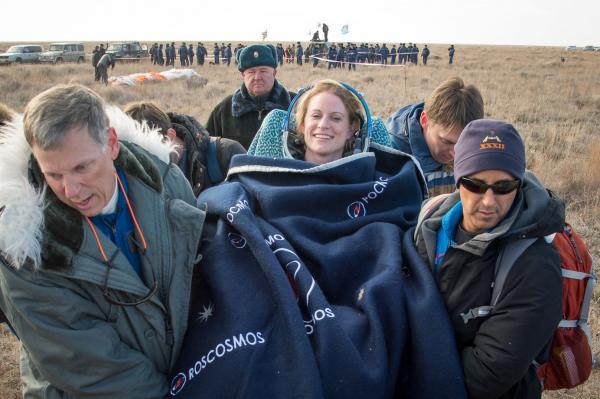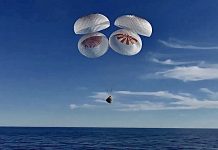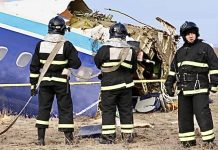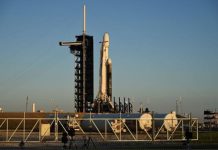
ZHEZKAZGAN, Kazakhstan, Oct. 30 (UPI) -- Three astronauts returned safely to Earth on Sunday after a 115-day mission aboard the International Space Station.
NASA's Kate Rubins, 38; Japan's Takuya Onisihi, 40; and Russian Anatoly Ivanishin, 47, landed in a Russian Soyuz space capsule in a remote region near Dzhezkazgan in Kazakhstan at 9:58 a.m.
The astronauts were removed from the capsule fairly swiftly because it landed upright. Then, they went to a nearby medical tend for initial examinations.
"Everybody is feeling wonderful," said Ivanishin, who emerged first from the craft and finished his second space flight.
Andrei Borisenko and Sergey Ryzhykov of Russia and NASA astronaut Robert Shane Kimbrough remain on the space station after arriving there Oct. 22. Peggy Whitson of NASA, Thomas Pesquet of the European Space Agency and Oleg Novitskiy of Roscosmos are scheduled to launch Nov. 17 from Baikonur, Kazakhstan.
Rubins has a bachelor's degree in molecular biology from the University of California and a Ph.D. in cancer biology from Stanford University. She contributed to several new studies, including the biomolecule sequencer experiment during her first mission She successfully sequenced samples of mouse, virus and bacteria DNA while scientists on Earth simultaneously sequenced identical samples. Astronauts ultimately could diagnose an illness, or identify microbes growing in the space station and determine whether they are a health threat.
Rubins participated in two spacewalks. On Aug. 19, she and NASA astronaut Jeff Williams installed the first international docking adapter.






